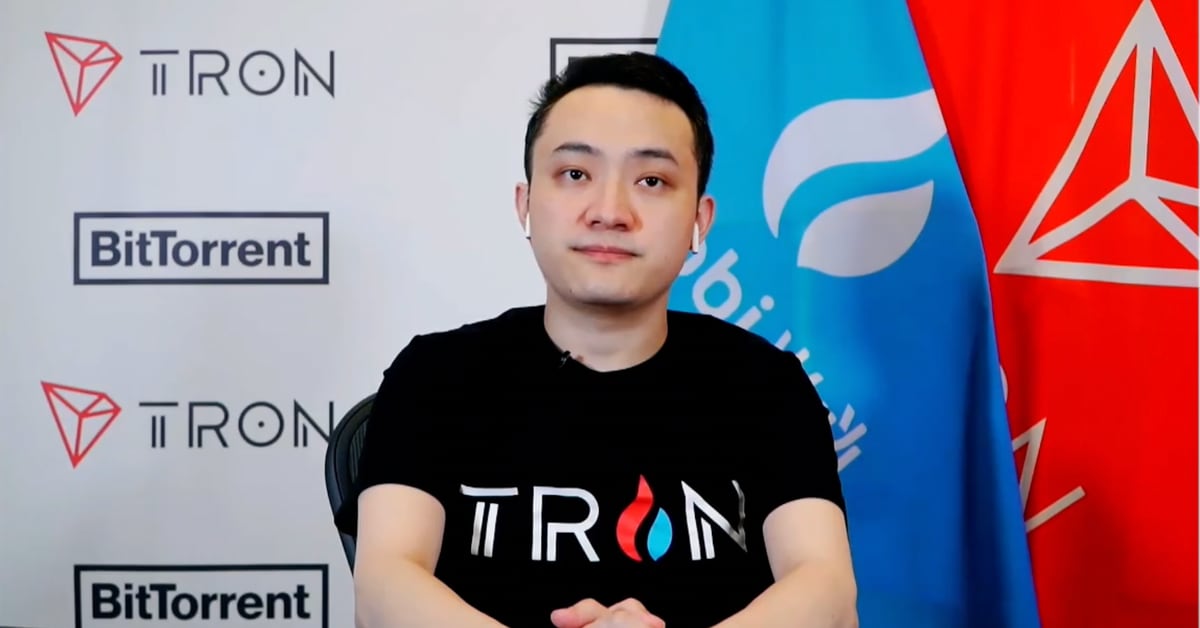In the ever-evolving landscape of cryptocurrency and blockchain technology, the dynamics of ownership and autonomy frequently take center stage in discussions among enthusiasts and skeptics alike. A recent dialogue that has captivated the attention of the crypto community involves the interplay between prominent figures and entities in the space, sparking a debate about the implications for operational independence and trust.
Understanding the Operational Mechanics Behind crypto Custodianship
The operational mechanics of crypto custodianship stand at the heart of this discourse, as highlighted in recent discussions in the cryptocurrency sphere. crypto custodians, the entities entrusted with the security and management of digital assets, play a pivotal role in the blockchain ecosystem. Their responsibilities are multifaceted, encompassing not only the safeguarding of assets but also ensuring their accessibility and transferability in a secure manner. This delicate balance of security and functionality is crucial for the confidence and trust of users in the system.
The Skirmish Over Autonomy in the crypto world
At the center of the current debate is the involvement of a notable figure in the crypto world with a custodial service, sparking concerns and criticisms from various quarters. Critics argue that this involvement may compromise the custodian’s autonomy, potentially leading to conflicts of interest or a dilution of the security protocols. These concerns underscore the delicate nature of trust in the crypto environment, where the independence of key players is often seen as essential for the integrity of the system.
CEO’s Response to Concerns Over Autonomy
Addressing these concerns, the CEO of the crypto custodian in question vigorously defended the company’s operational independence. In a discussion at an X Space event, the CEO articulated a robust defense of the custodian’s autonomy, emphasizing that the criticisms stem from a misunderstanding of the intricate operational mechanics that underpin crypto custodianship. This response highlights the complexity of managing digital assets securely while maintaining an arm’s length relationship with influential figures in the crypto space.
The Broader Implications for crypto Ecosystem Integrity
The ongoing dialogue around custodianship and autonomy in the crypto world has broader implications for the integrity and resilience of the ecosystem. Trust, a foundational element of any financial system, becomes even more critical in the decentralized context of blockchain technology. Stakeholders in the crypto community closely monitor these developments, aware that the strength and reliability of custodial solutions are paramount for the continued growth and acceptance of cryptocurrency as a legitimate and secure method of transaction.
Conclusion: Navigating the Complexities of crypto Custodianship with Care
As the debate over the involvement of prominent figures in crypto custodianship continues, it is essential to delve deeper into the operational mechanics of these services to understand their implications fully. The concerns raised by critics and the subsequent defenses by companies underline the nuanced challenges faced in ensuring autonomy, security, and trust within the crypto ecosystem. As the technology and regulations surrounding digital assets evolve, the community must remain vigilant, ensuring that the principles of decentralization and integrity that underpin blockchain technology are preserved. In doing so, it can navigate the complexities of crypto custodianship with the care and innovation that the field demands.
In summary, the intertwining of autonomy, security, and trust in the realm of crypto custodianship necessitates a clear understanding and careful management of operational mechanics. By maintaining a steadfast focus on these principles, the cryptocurrency community can uphold the integrity of the ecosystem, fostering an environment where digital assets are both secure and accessible.
